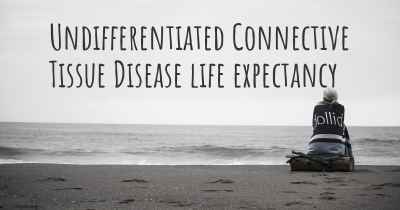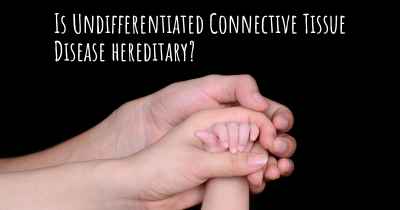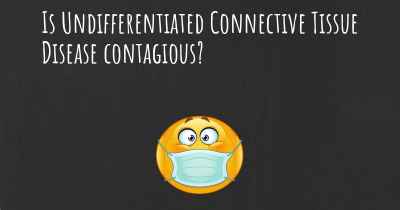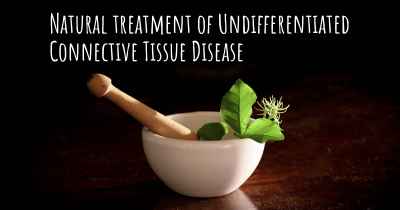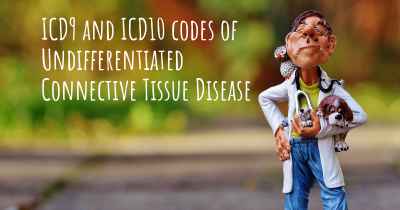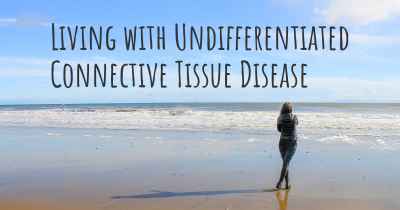How is Undifferentiated Connective Tissue Disease diagnosed?
See how Undifferentiated Connective Tissue Disease is diagnosed. Which specialists are essential to meet, what tests are needed and other useful information for the diagnosis of Undifferentiated Connective Tissue Disease

Diagnosis of Undifferentiated Connective Tissue Disease
Undifferentiated Connective Tissue Disease (UCTD) is a condition that presents with symptoms similar to various autoimmune diseases, making its diagnosis challenging. UCTD is characterized by the presence of autoantibodies and clinical features that do not meet the criteria for a specific connective tissue disease, such as lupus, rheumatoid arthritis, or scleroderma. The diagnosis of UCTD requires a comprehensive evaluation of clinical symptoms, laboratory tests, and exclusion of other connective tissue diseases.
Clinical Evaluation
The first step in diagnosing UCTD is a thorough clinical evaluation by a healthcare professional, typically a rheumatologist. The doctor will review the patient's medical history, including any symptoms, family history of autoimmune diseases, and exposure to potential triggers. They will conduct a physical examination to assess the presence of characteristic signs and symptoms associated with connective tissue diseases, such as joint pain, swelling, skin changes, and organ involvement.
Laboratory Tests
Laboratory tests play a crucial role in the diagnosis of UCTD. The doctor will order a series of blood tests to assess the presence of autoantibodies and other markers of inflammation. The most common autoantibodies associated with UCTD include antinuclear antibodies (ANA), anti-Ro/SSA, and anti-La/SSB antibodies. However, it is important to note that the absence of these autoantibodies does not rule out UCTD.
Additionally, the doctor may order other specific tests based on the patient's symptoms and suspected organ involvement. For example, if there are respiratory symptoms, a pulmonary function test or a chest X-ray may be performed. If there are kidney-related symptoms, a urine analysis and kidney function tests may be conducted.
Exclusion of Other Connective Tissue Diseases
Since UCTD is a diagnosis of exclusion, it is essential to rule out other connective tissue diseases that may present with similar symptoms. The doctor will carefully evaluate the patient's clinical presentation, laboratory results, and any additional diagnostic tests to exclude conditions like lupus, rheumatoid arthritis, or scleroderma.
If the patient meets the diagnostic criteria for a specific connective tissue disease during the evaluation, they will be diagnosed accordingly. However, if the symptoms and laboratory findings do not meet the criteria for any specific disease, a diagnosis of UCTD may be made.
Monitoring and Follow-up
Once a diagnosis of UCTD is established, regular monitoring and follow-up are crucial. The doctor will closely monitor the patient's symptoms, perform periodic laboratory tests to assess disease activity, and evaluate for any new signs of organ involvement. This ongoing monitoring helps in managing the disease and determining if it progresses to a specific connective tissue disease over time.
In conclusion, the diagnosis of Undifferentiated Connective Tissue Disease involves a comprehensive evaluation of clinical symptoms, laboratory tests to detect autoantibodies and markers of inflammation, and exclusion of other connective tissue diseases. It is important to consult with a healthcare professional, preferably a rheumatologist, for an accurate diagnosis and appropriate management of UCTD.
